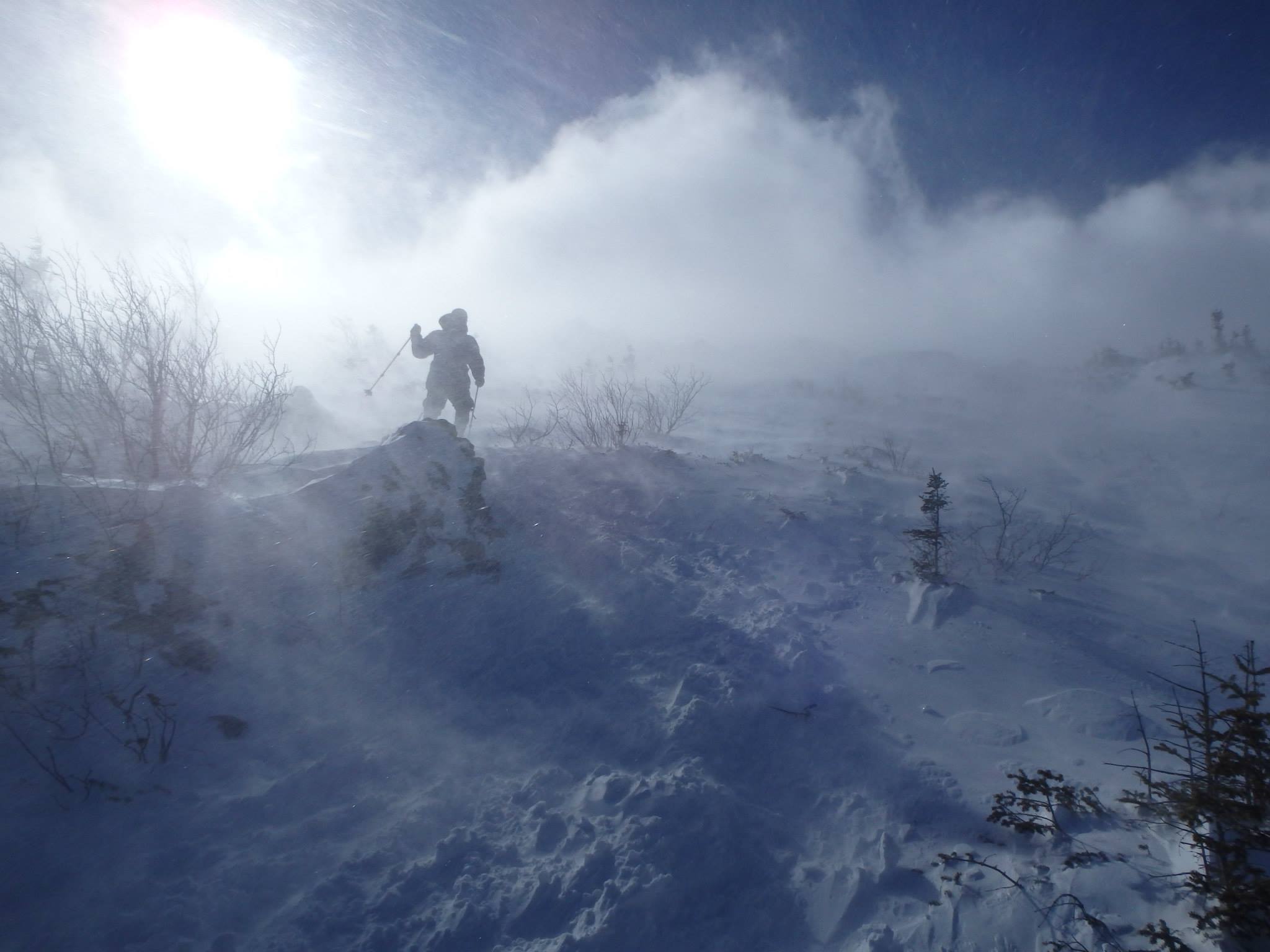Ultimate Success: The Unspoken Truth
There are risks and costs to action. But they are far less than the long range risks of comfortable inaction.
— John F. Kennedy

As climbers, we seek adventure and exploration. But, why? What is it worth? And how do we define success? “If we go for it, there is a probability that we aren’t going to come back,” asserts Jimmy Chin, world-renowned climber. Yet, the allure of the mountains continuously pulls us back in search of something sacred and uniquely individual.
Meru captured the minds and spirits of climbers, travelers, armchair mountaineers and movie-goers everywhere as it documented the impossible challenge that world-renowned climbers, Conrad Anker, Jimmy Chin and Renan Ozturk overcame in pursuit of a first ascent of Meru – an unclimbed mountain in the Himalayas. Narrowly escaping death, the team was left with the bitter taste of coming up short – and having their dreams ripped away as quick as opening their eyes from a deep sleep. The movie concludes with a triumphant summit through fierce perseverance. If you haven’t seen it, you must.
We all have our own dreams – our own Meru. We set our sight on an objective that seems within grasp and at the same time out of reach. An objective that challenges all that we know and all that we are. Pushing us to answer questions that we never knew to ask and challenging us in ways we didn’t know to prepare for.
The wisdom of the mountains proclaims that every objective is Meru no matter how big or how hard we anticipate it to be. The truth is that the power of Mother Nature can be too strong to out muscle, to unpredictable to out wit and too harsh to survive – and it is what makes the mountains challenging, the wilderness wild, the adventure real. The ever-changing environment can make desired objectives unattainable. Sometimes, it just isn’t in the cards. To know this is to climb. To climb is to survive. To survive is the ultimate success.

Descending Mt Washington; escaping the fury.
Ed Veisturs, one of the most decorated American climbers of all time, once said, “Getting to the top is optional. Coming down is mandatory.” He also claims that, “the mountain decides whether you climb or not. The art of mountaineering is knowing when to go, when to stay, and when to retreat.”
So, what is it worth? Why do we do it? The answer to these questions is as unique as each one of us. Our experience is ambiguously influenced by our past history and unique thoughts and beliefs which culminate to motivate our actions. If going to the top is truly optional, then its speculation at best why we do it. The word ‘optional’ leaves room for interpretation and variation. We each have our own evolving answer(s). ‘Coming down is mandatory’ is definitive. It holds the same meaning regardless of the individual, situation or objective. It means, at some point we must turn around.
If we recognize and accept that we must turn around, then we are left with the final question and final decision; when and does the summit have to mark the point of return?
In the mountains, the harsh reality is that if you push the limits too far, then sometimes there is no point of return. It’s true, “there is a probability that we aren’t going to come back.” For me, it is imperative to understand is that there is no shame in survival. There is no embarrassment in erring on the side of caution. There is no failure in turning around. I seek adventure to challenge myself, to reconnect, to liberate from the mundane tasks of daily life. I am a climber. I push the boundaries but set limits. When in doubt, I turn around. I have enough experience to know that a hot cheeseburger or a cold beer will sweeten the bitter taste of disappointment. A summit is the cherry on top.
To go to the mountains is adventure. To return is the ultimate success.

 We are proud to work with the Department of Agriculture, the White Mountain National Forest and the Androscoggin Ranger District where we are authorized outfitter guides.
We are proud to work with the Department of Agriculture, the White Mountain National Forest and the Androscoggin Ranger District where we are authorized outfitter guides.
